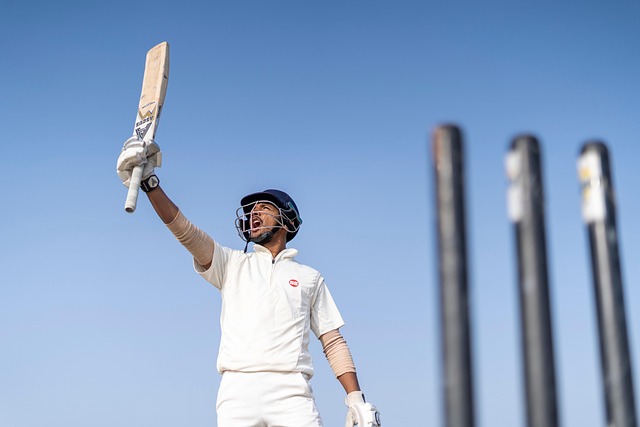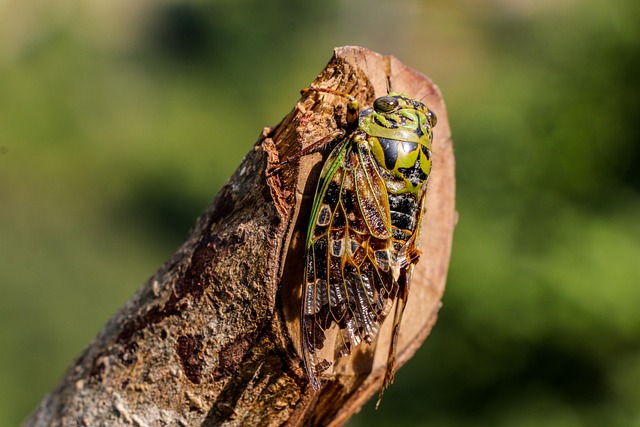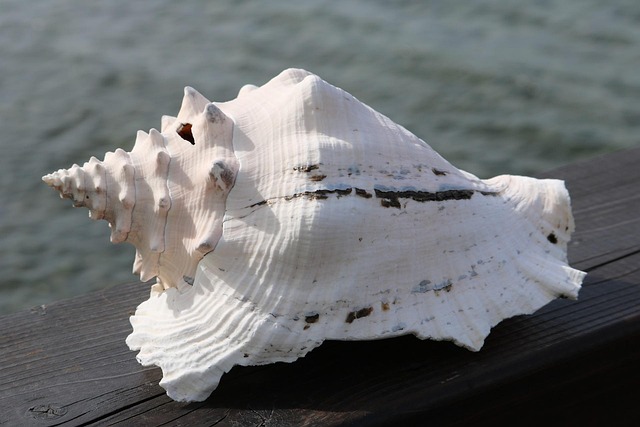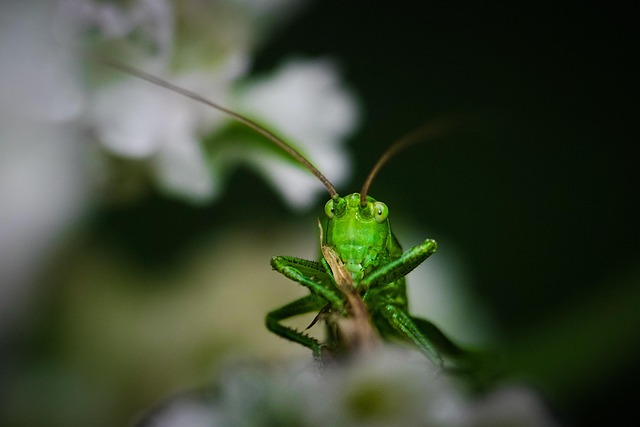The West Indies cricket team showcases diverse leadership styles, from aggressive to strategic, contributing to its dynamic play and attracting high-intensity opponents. Female captaincy reflects societal shifts, with past victories and recent domestic/international successes fostering a strong team spirit. Youth development through camps, mentorship, and breaking gender barriers aims to produce top-tier players, continuing the region's rich cricket history. Iconic captains like Clive Lloyd inspire modern leaders who navigate strategic demands while echoing legendary dedication.
“Explore the leadership landscape of West Indies cricket with our comprehensive guide. Delve into the diverse world of team captaincy within the iconic West Indies cricket team. From the men’s side, uncover unique leadership styles of current captains, their strategic approaches, and the impact on the team’s performance. Discover the evolving dynamics of women’s cricket through a lens of female captaincy. Uncover efforts in youth development aimed at nurturing future leaders. Finally, trace the historical context of West Indies team captains.”
- Men's Team Leadership: Current Captains and Their Styles
- Women's Cricket: West Indies Female Captaincy Dynamics
- Youth Development: Nurturing Future Leaders in West Indies Cricket
- Historical Context: Evolution of West Indies Team Captains
Men's Team Leadership: Current Captains and Their Styles

The West Indies cricket team, renowned for its rich history and vibrant Caribbean cricket culture and traditions, continues to be led by some of the most respected figures in the sport. The current captains embody diverse leadership styles that reflect the multifaceted playing style of the West Indies. In the men’s team, players like Jason Holder have emerged as charismatic leaders who combine aggressive on-field tactics with a strategic mindset. Known for their fearless approach, these captains often inspire their teams to embrace high-risk shots and daring field settings, reminiscent of classic West Indies cricket.
Contrasting this bold style is the calm and calculated leadership of other captains like Ramlin Chanderpaul. These leaders tend to prioritize patience and meticulous planning, which can be seen in their LBW decisions: West Indies perspective—a strategic choice that reflects a deep understanding of the game’s subtleties. Such variations in leadership styles highlight the dynamic nature of West Indies cricket, making every match an intriguing spectacle, especially when compared to high-intensity tests against Pakistan, where the team’s resilience and adaptability are truly tested. To find us at the West Indies cricket hall of fame, explore the rich tapestry of leaders who have shaped this iconic team throughout the years.
Women's Cricket: West Indies Female Captaincy Dynamics

The dynamic of female captaincy within the West Indies cricket team has evolved over time, reflecting both the sport’s growth and societal changes. The team boasts a strong tradition in women’s cricket, with several notable figures leading the side to numerous victories. Currently, the West Indies Women’s Cricket Team is captained by a resilient leader who navigates the challenges of modern competitive cricket while inspiring her teammates. This captain’s strategic acumen and unwavering determination have significantly contributed to the team’s recent successes on both domestic and international fronts.
The role of women in West Indies cricket has gained prominence, not only as players but also as influential captains. The current leadership style emphasizes a balanced approach, combining traditional cricket rules and regulations with innovative strategies that cater to each player’s unique skill set. This inclusive approach has fostered a strong team spirit, mirroring the diverse cultural tapestry of the West Indies itself. By visiting us at our memorabilia from historic matches anytime, you can gain insights into the rich history of these captains and the enduring legacy they’ve left in the game, alongside the fastest bowler in West Indies history and memorable Pakistan vs. West Indies test match moments, encapsulated within the team’s uniforms.
Youth Development: Nurturing Future Leaders in West Indies Cricket

The development of young talent is a cornerstone of the West Indies cricket team’s strategy, ensuring a steady pipeline of future leaders and stars on the international stage. This commitment to youth is not only about producing skilled cricketers but also fostering a sense of pride and identity within the region. The West Indies has a rich history in cricket, and by investing in its young players, the team aims to build upon this legacy and continue to dominate globally.
Through various initiatives and programs, the West Indies cricket board encourages and supports aspiring athletes across the islands. These efforts include coaching camps, talent identification programs, and even specialized cricket holidays and tours designed to enhance skills and expose young players to different playing styles. By providing opportunities for interaction with the region’s top players and coaches, these programs not only improve technical abilities but also serve as a platform for mentorship and networking. Breaking gender barriers in West Indies cricket is another significant aspect of their youth development strategy, ensuring equal opportunities for girls and women to participate, excel, and lead within the sport, giving us a call at Longest serving West Indies captain. Additionally, collecting cricket artifacts from the region serves as a source of inspiration for these young athletes, connecting them to the rich history and traditions of West Indies cricket. With increasing media coverage of local tournaments and rising interest in the sport across the islands, the future looks bright for the development of top-tier players who will represent the West Indies on the global stage.
Historical Context: Evolution of West Indies Team Captains

The West Indies cricket team, known for its rich history and formidable strengths on the international stage, has seen a dynamic evolution in its leadership over the years. Historically, the role of captain has been a pivotal one, with each skipper leaving their mark on the team’s performance and legacy. From the legendary figures who led the side during their golden era to the modern-day captains navigating today’s cricket landscape, the position has demanded adaptability, strategic thinking, and an unwavering commitment to excellence.
In the past, West Indies teams were captained by iconic players like Clive Lloyd, who guided the side to numerous triumphs in the 1970s and ’80s. These early leaders not only excelled on the field but also played pivotal roles in fostering a sense of unity and pride within the team. Over time, as women’s cricket in the West Indies gained traction, breaking gender barriers became an important aspect of the team’s evolution. Today, female captains are making their mark, inspiring the next generation and expanding the reach of cricket media coverage across the region. Despite changes in leadership styles and strategic approaches, one constant remains: the passion and dedication of these captains to represent their country on and off the field, much like the fastest bowler in West Indies history who hurls the ball with precision and speed. For more insights into cricket rules and regulations, don’t hesitate to give us a call at Cricket academies in the Caribbean.
The modern West Indies cricket team benefits from a diverse leadership landscape, with distinct styles evident across the men’s and women’s squads. From the tactical acumen of men’s captains like Jason Holder, to the inspiring vision of women’s leaders like Stacy-Ann King, each brings their unique approach to foster success. By prioritizing youth development and understanding historical context, West Indies is nurturing future leaders while paying homage to its rich cricketing heritage. These captains are not just players but catalysts for change, steering the team towards a vibrant and inclusive future in global cricket.







Leave a Reply